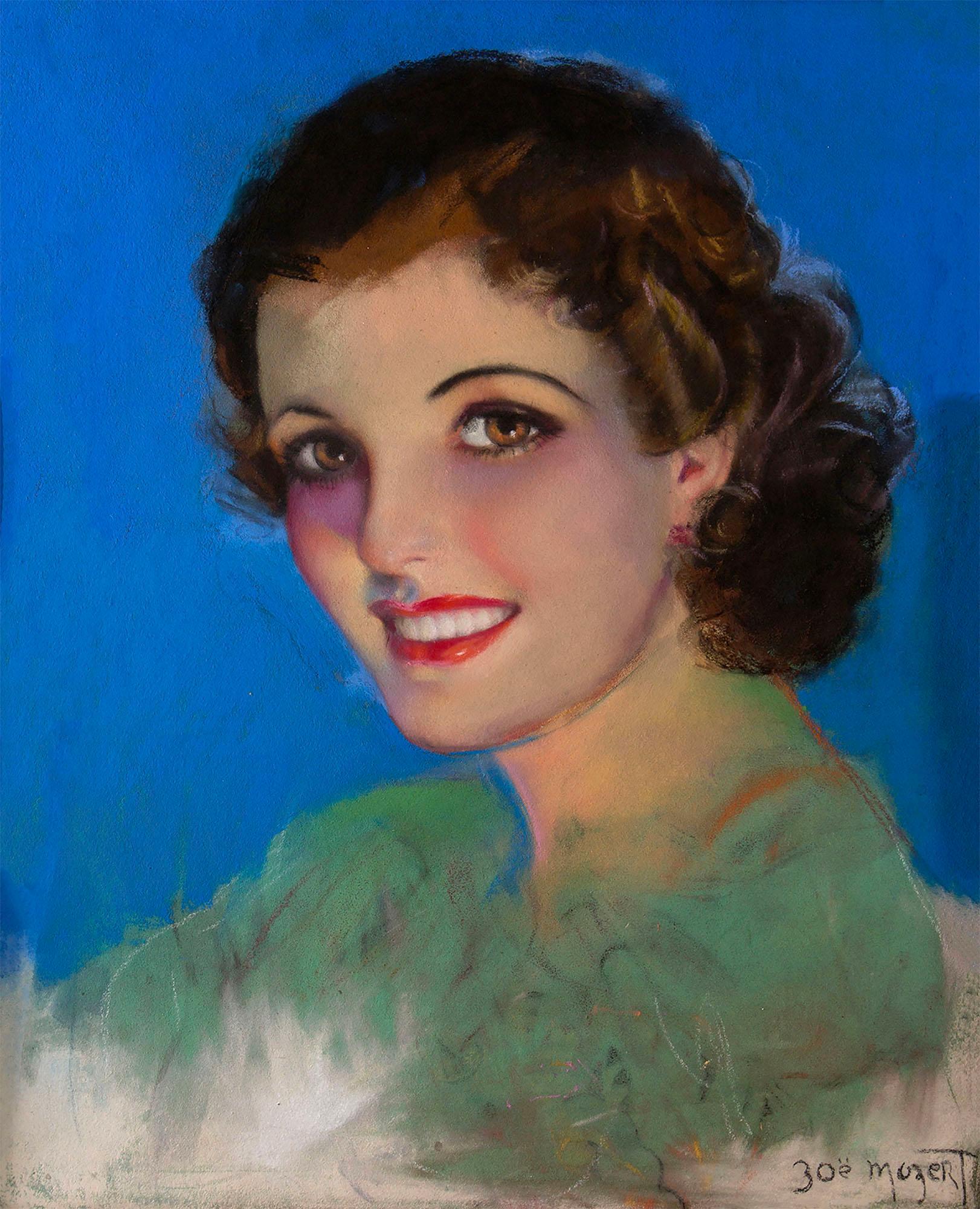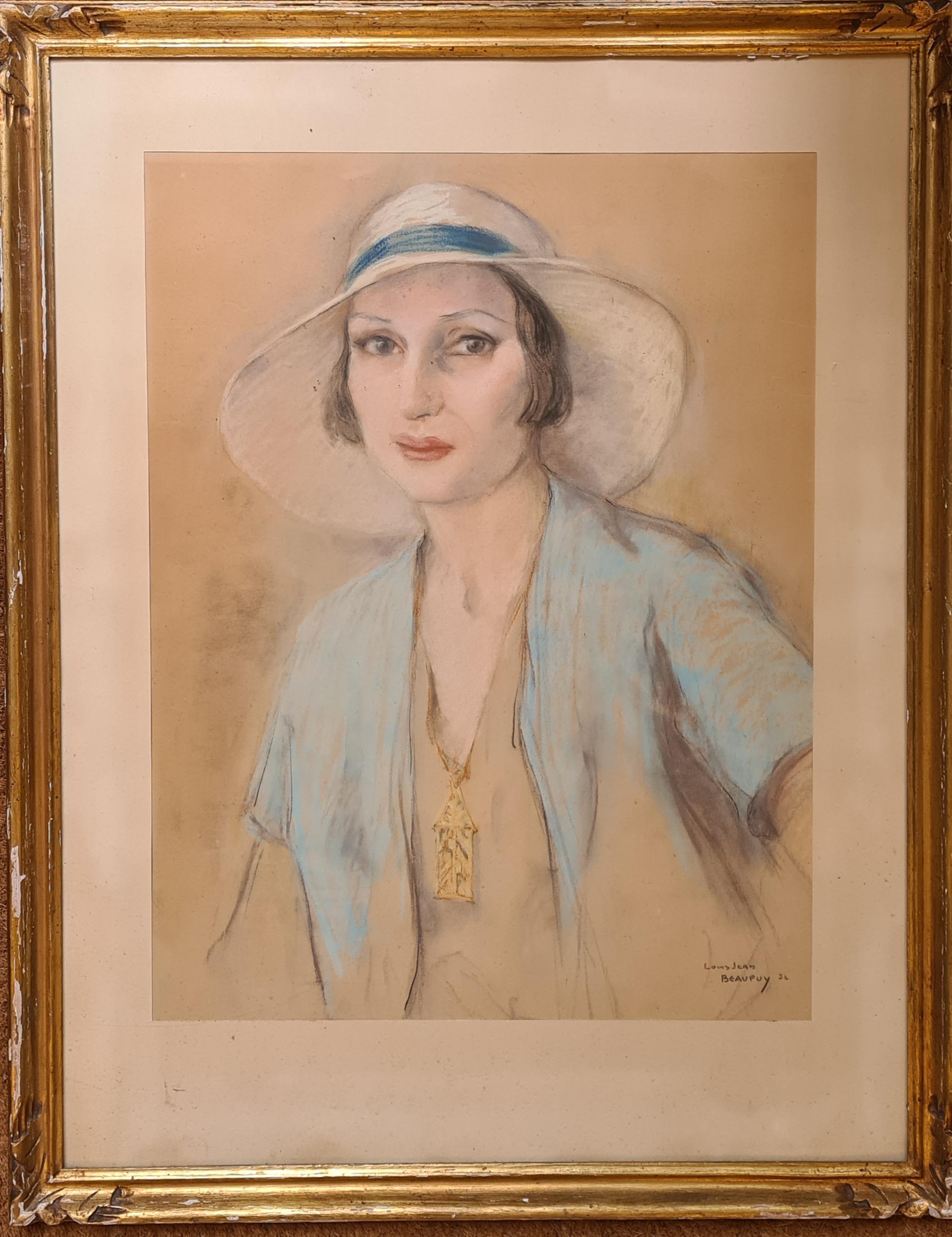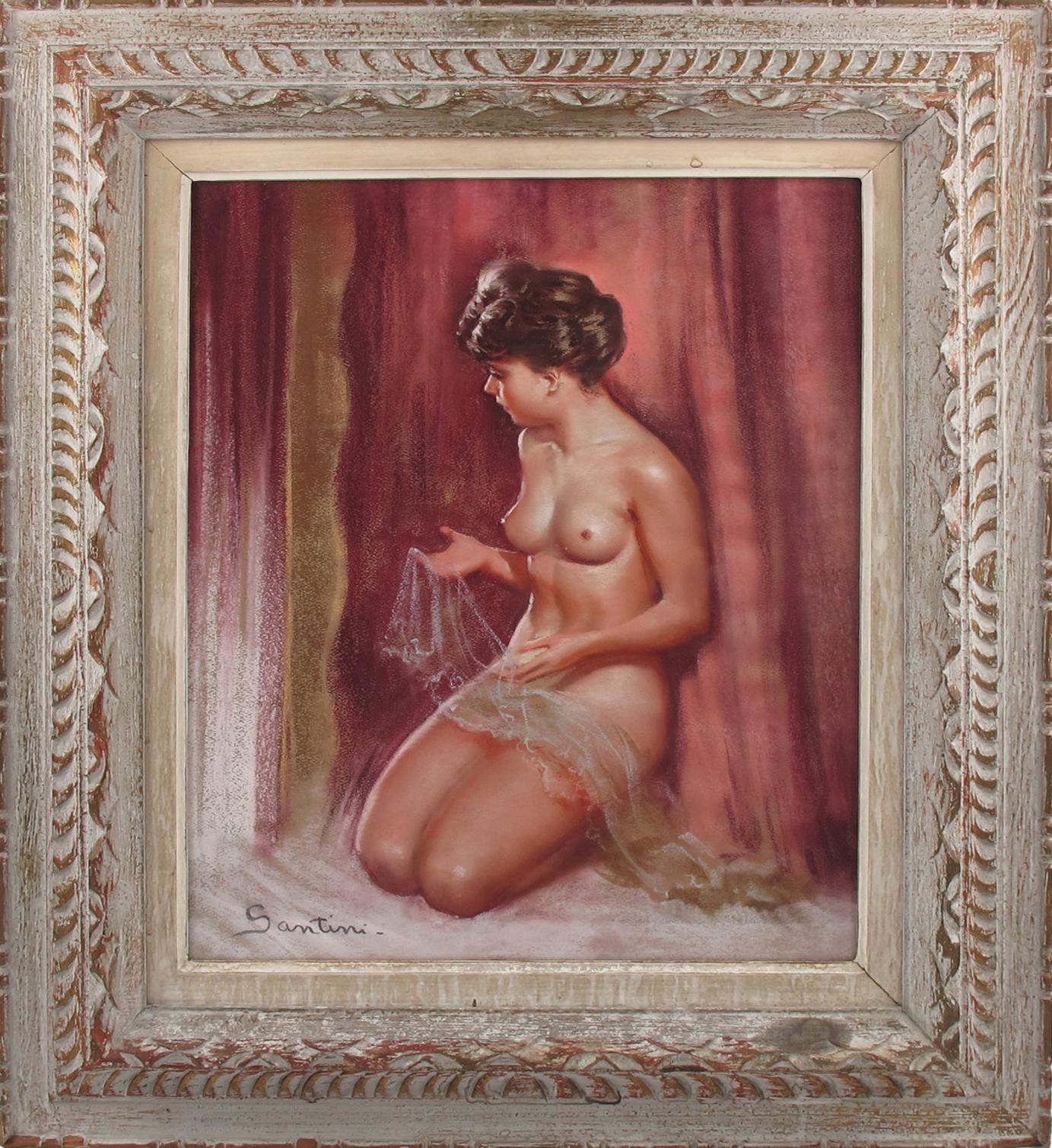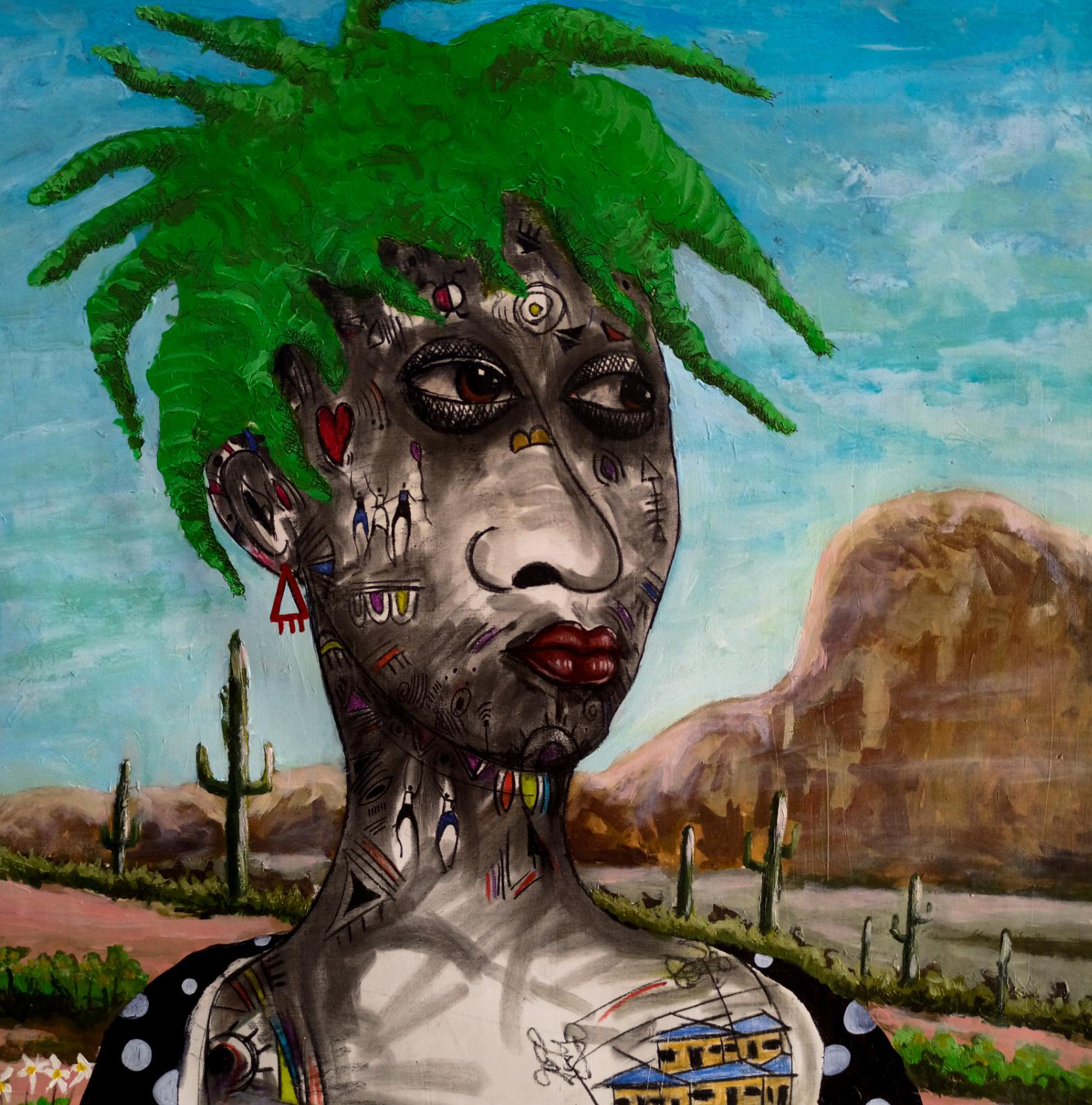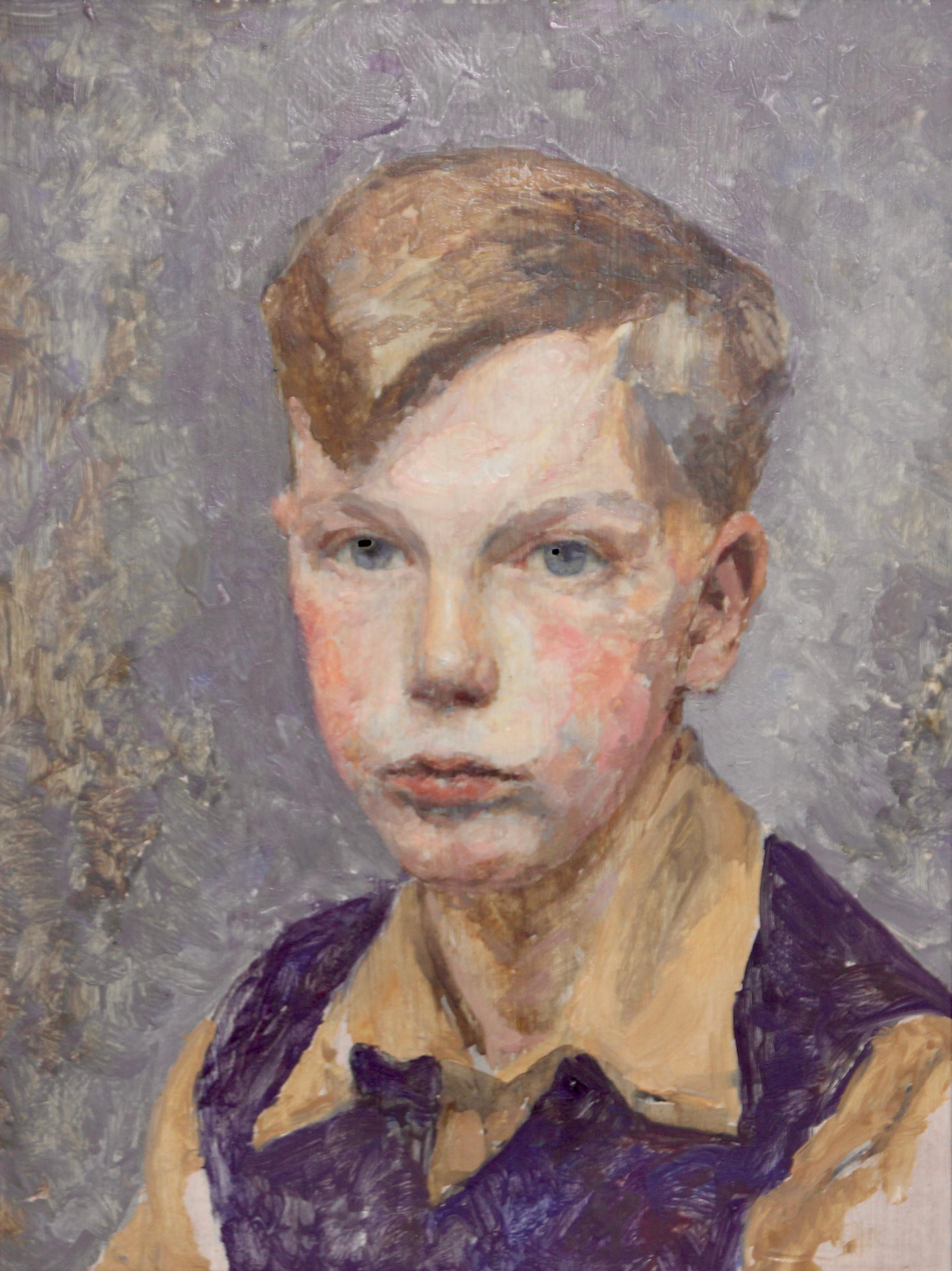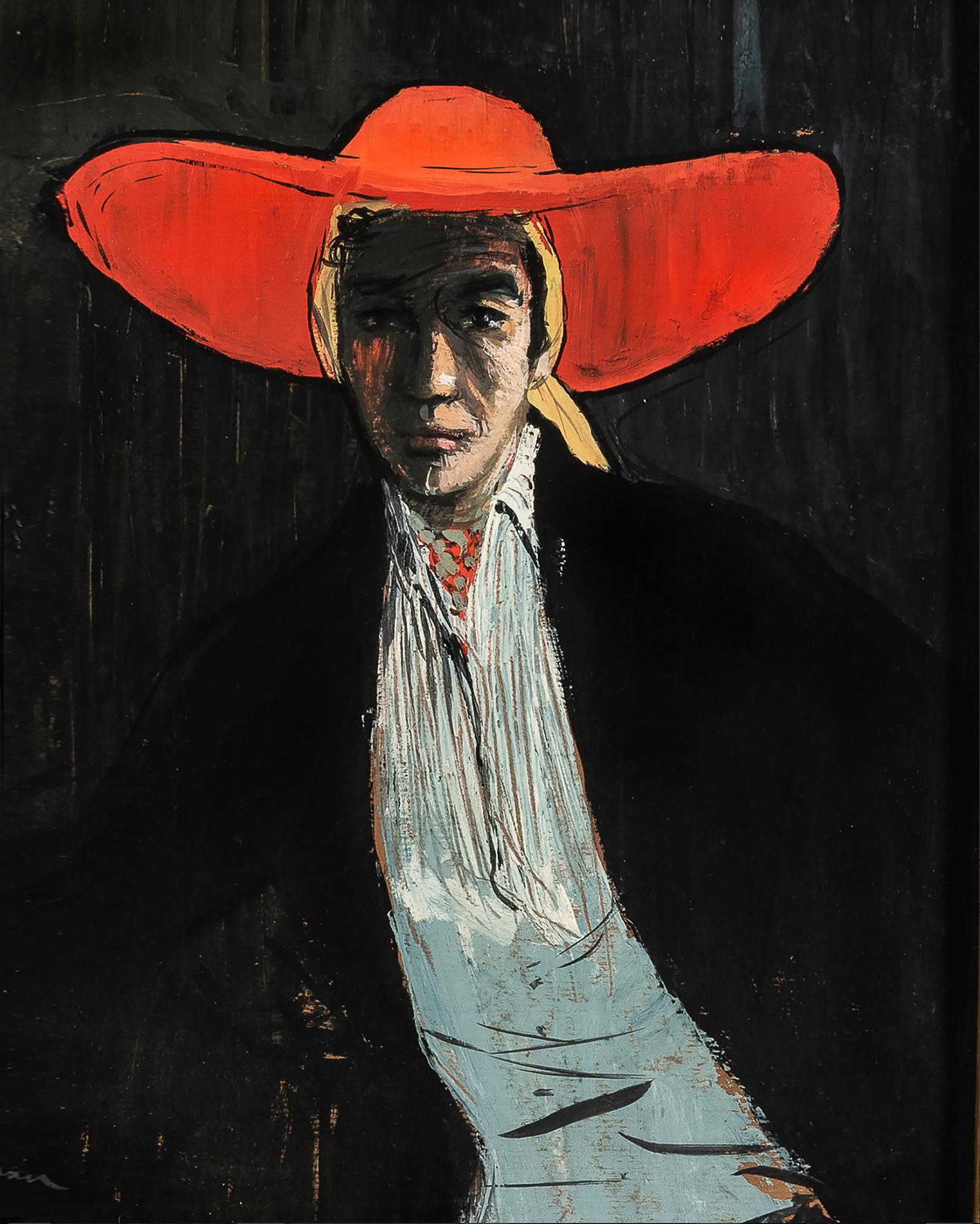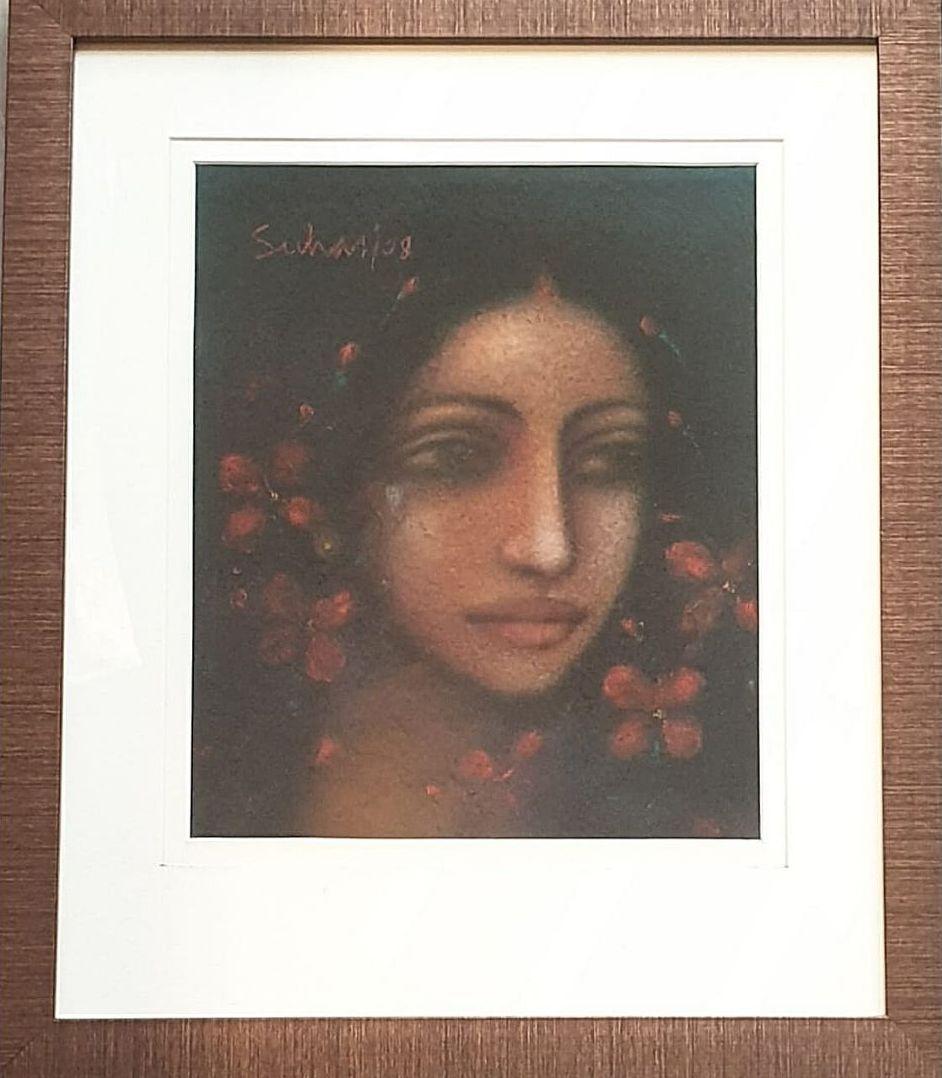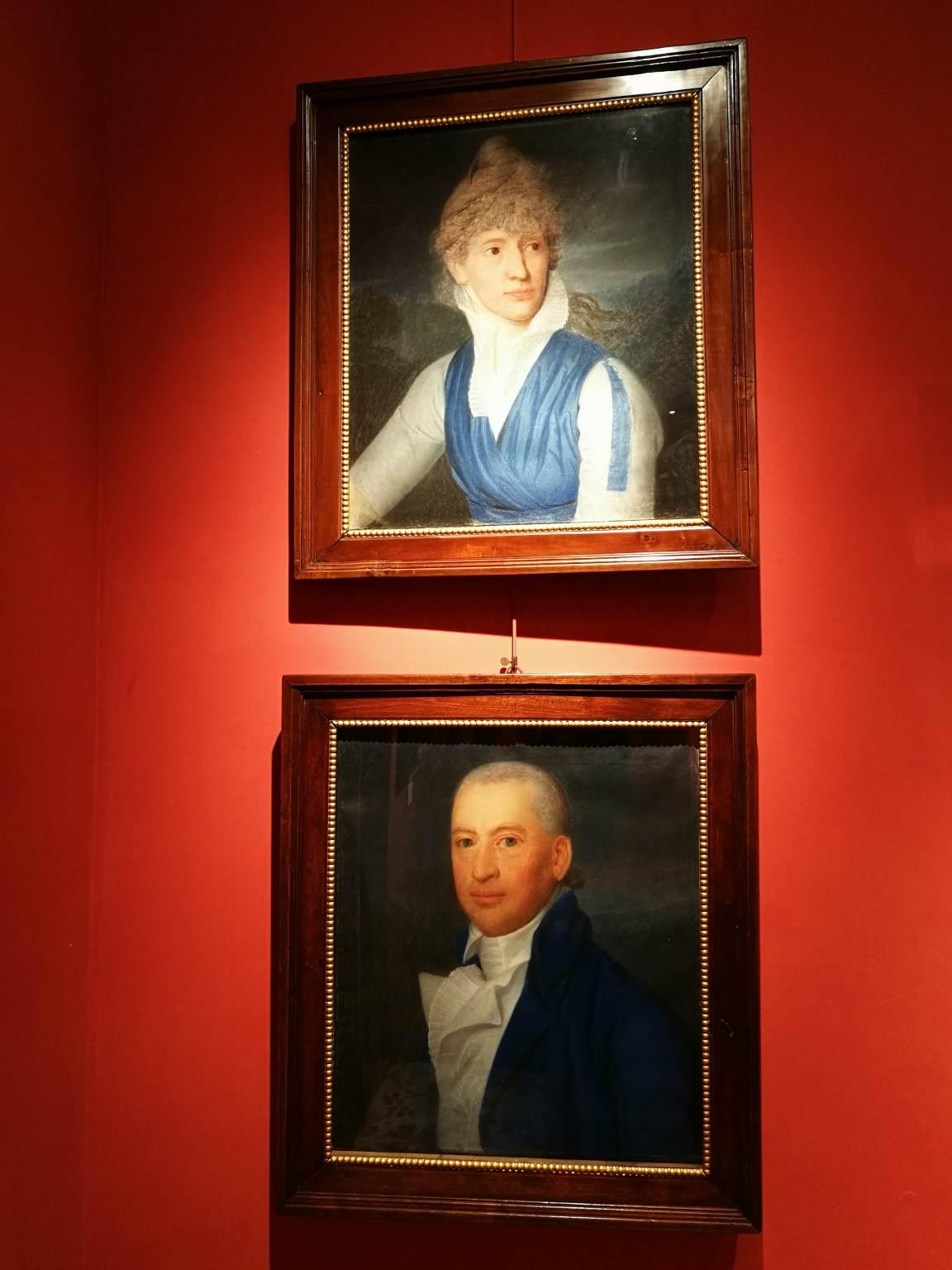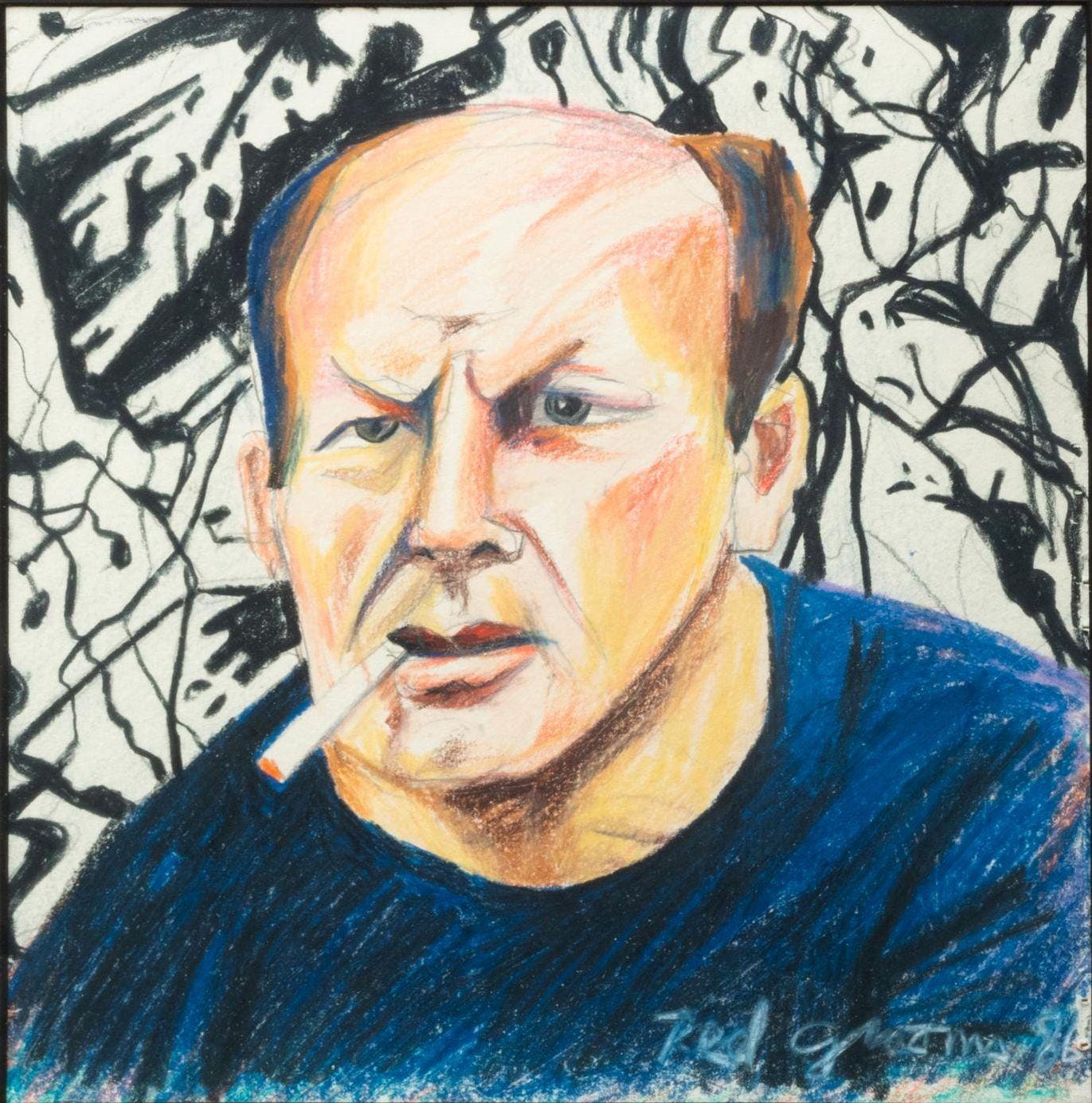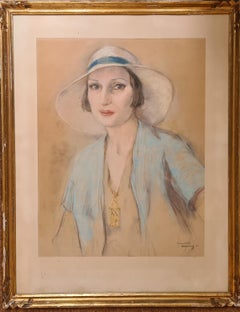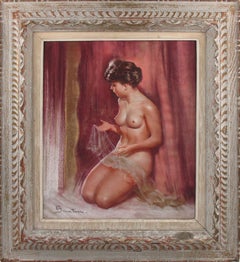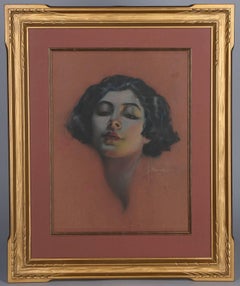
Tell Me Why
View Similar Items
1 of 9
Rolf ArmstrongTell Me Why1919
1919
About the Item
- Creator:Rolf Armstrong (1889 - 1960, American)
- Creation Year:1919
- Dimensions:Height: 26 in (66.04 cm)Width: 23 in (58.42 cm)Depth: 1 in (2.54 cm)
- Medium:
- Movement & Style:
- Period:
- Condition:
- Gallery Location:Minneapolis, MN
- Reference Number:1stDibs: LU12221101133
You May Also Like
- Golden Age of Illustration Beautiful Smiling Woman, Female IllustratorBy Zoë MozertLocated in Miami, FLStunning portrait with a killer smile by Golden Age of Illustration female Illustrator Zoë Mozert. Signed lower right. Framed under glass, silk matted and i...Category
1930s Portrait Paintings
MaterialsPastel, Illustration Board
- French Art Deco Society Portrait, Beauty in a HatLocated in Cotignac, FRA French art deco pastel portrait by Louis-Jean Beaupuy. The work is signed and dated bottom right. Presented in carved and gilded wood frame. Beaupuy has captured all the charm and...Category
Mid-20th Century Art Deco Portrait Drawings and Watercolors
MaterialsPaper, Crayon, Pastel
- Nude with Lace, Pastel Study Painting by Pio SantiniLocated in Atlanta, GAThis charming pastel painting on paper was designed by Pio Santini (1908-1986) and named: nude with lace. The artist's signature, Santini, can be found in the bottom left corner of the artwork. Lovely romantic composition with a nude young lady kneeling and holding a piece of white lace. Flamboyant magenta red drape background. The painting remains in its original frame, which features delicately carved wood, a gesso finish, an off-white wood liner, and glass protection. The piece is in good condition but has a dark stain and some small chips on the edges of the original wood frame. Measurements: With frame: 22.75 in. wide (58 cm) x 26 in. high (66 cm) Opening view: 14.50 in. wide (36.5 cm) x 17.75 in. (45 cm). Artist Biography: Pio Santini (1908-1986) Pio Santini was born on April 17, 1908, close to Rome, in Tivoli, Italy. He showed a precocious and pronounced artistic taste and gifts, to begin with, drawing and painting. From his childhood drawings, as early as 5 or 6 years old, he was gifted and had a technique above the average. As early as 1933, Pio Santini moved to Paris, in the Montparnasse district, also known as The Artists Area, where he settled in his first Parisian studio. He is recognized as a member of the Academy of Paris, a significant art movement in the first half of the 20th century, alongside Amedeo Modigliani and other Italian artists. While attending the classes of the Estienne School for further training in plastic art, Pio Santini started to attract attention in various Parisian Salons (particularly the Winter Salon, the Independents Salon, and the French Artists Salon) and to find a place in the Parisian universe of painting, as is shown in the press of the time. The Second World War, which pitted his country of birth against his adopted nation, created conflicting emotions in him. During this time, the concept of a united and reconciled Europe took root in his mind. In a way, he played a part in the resuming cultural exchanges between France and Italy by founding the association The Romans in Paris after the war, and especially by creating and animating the Villa D’Este Prize for about ten years, rewarding each year a French artist or writer by offering, a one month stay at the Villa, in Tivoli. Later, the Montparnasse Prize would reward Italian artists in Paris, in the same way. While devoting himself to painting, he worked as an art illustrator for edition and press and left us a rich but unrecognized work from this period. In the early 1960s, Pio Santini decided, imperiously and bravely, to live on his painting. A member of the Society of Independent Artists since 1934, he then actively participated in numerous collective exhibitions in France and abroad. He regularly exhibited in Parisian Salons, most of which he was a member: the Independents Salon, the Autumn Salon, the Winter Salon, the National Salon of the Fine Arts, and the Comparison Salon. A regular participant in the prestigious Salon des Artistes Français, he was often rewarded: Great Price of the Salon in 1970, then in 1974, a gold medal in 1971, and Prize-winner of the Ernest Marché Prize in 1974. Pio Santini lived his last years in his house in Garches, near Paris. He worked there until the last moment and died of illness at the age of 78. Keeping himself a part of the avant-garde of contemporary art, Pio Santini developed a personal work of formal coherence very steadily. He is a two-time artist, one of the beginnings of his career, the Thirties, and the other one, his rebirth, the Sixties, when the artist can again devote himself to painting. Between these two periods, the Second World War badly hit the pictorial growth of Pio Santini. However, everything had started under the best auspices for the young painter whose desire to devote himself to painting is evident in his self-portrait of 1928 as a manifesto. In the 1930s, following the revolutions of cubism, abstraction, and surrealism, figurative and sensual...Category
1940s Modern Portrait Paintings
MaterialsPaper, Pastel, Board
- Antique Dog Portrait of "Mignonne" dated 1876 by Louis Eugène BourgeoisLocated in SANTA FE, NMAntique Dog Painting of "Mignonne" dated 1876 Louis Eugène Bourgeois (French 1831-1878) Pastel on cardboard Signed lower left "E. Bourgeois" Inscribed upper right "Mignonne." Rever...Category
1870s Realist Animal Paintings
MaterialsPastel, Cardboard
- Remember MeLocated in Ibadan, Oyo"Remember Me" is a poignant piece of art that evokes a powerful sense of nostalgia and remembrance. The piece centers around the face of a character, depic...Category
21st Century and Contemporary Expressionist Figurative Paintings
MaterialsPastel, Charcoal, Acrylic, Cardboard
- Valley of No Shadows 1Located in Ibadan, OyoValley of No Shadows is an original painting by Fredrick Idele. Fredrick created Valley of No Shadows with Acrylic, Pastel, and Charcoal on a 24W by 24H inches Card. "Valley of No Shadows" is a captivating artwork that portrays a peaceful state of mind where fears and worries are conquered, and inner peace is found. The artwork features a character adorned with African symbols...Category
21st Century and Contemporary Expressionist Figurative Paintings
MaterialsPastel, Acrylic, Cardboard, Charcoal
Recently Viewed
View AllMore Ways To Browse
Framed Antique Sheet Music
Early Hollywood Memorabilia
Star Valentino
Valentino Studio
Flapper Portrait
Valentino Pastel
Rudolph Valentino
Antique Sheet Music Vintage And Antique
Sheet Music Vintage And Antique
Antique Vintage Sheet Music
Lady Oil Paintings
Lady Oil Painting
Portrait Beautiful Woman
French Woman Portrait
French Portrait Man
Oil Portrait Set
Portrait Belgium
Oil Female Portrait

